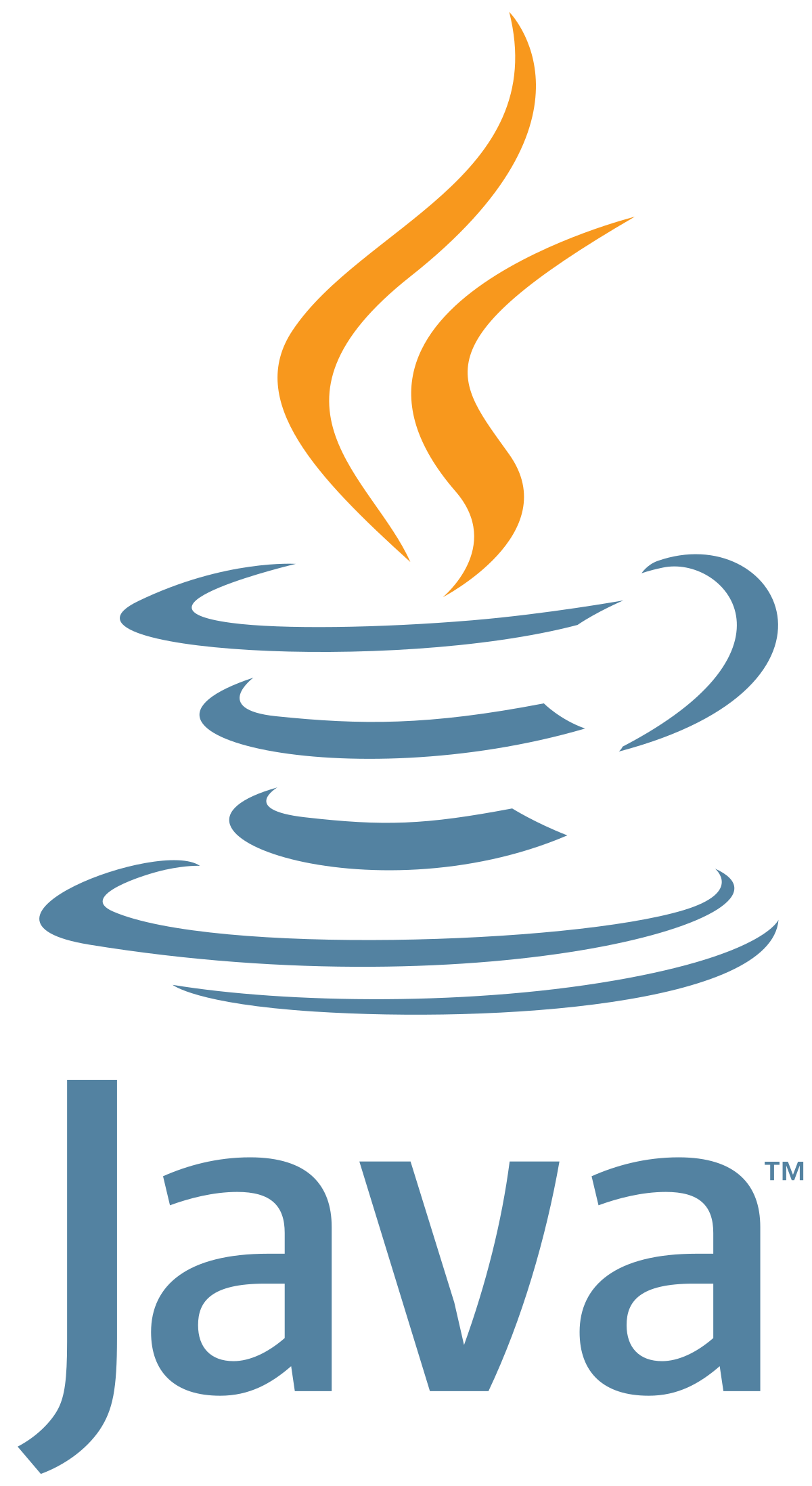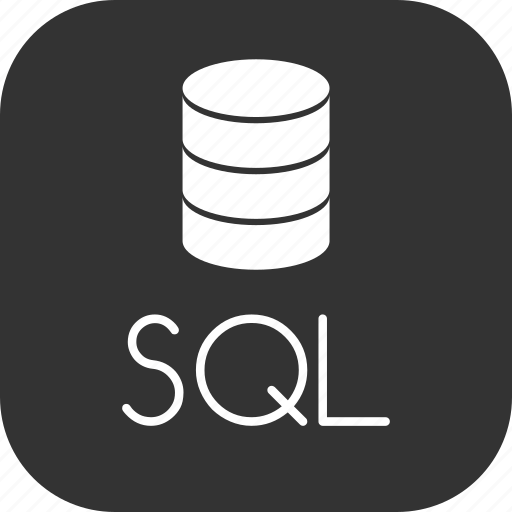Top 5 Programming Languages For Data Scientists
The digital world is flooded with the number of programming languages, Which aimed to sort out the business complexities and bring technological innovations. Every year there are programming languages, frameworks, and technologies that emerge, but few will be survived and get popular. Whatever be the problem selecting the appropriate program is very important.
Let's have a look at the following programming languages that are ruling the analytics market and those languages are traced back to 1980s, but still they are ruling the analytics market.
1. R:

The R programming language is one of the most widely used programming languages that is used by data miners and data scientists for analyzing data, for a long time. It is also popular among statisticians to simplify their job. Over the last few years, R has become the golden child of data science. R offers strong object-oriented programming facilities which give it an upper hand over other computing languages. The static graphics make it easier to produce graphs and other mathematical symbols. Some of the things you can do with R are creating vectors, matrices, arrays, and data frames.
It serves as an alternative to SAS and Matlab. In the past few years, R has become the favorite choice for companies such as Google, Facebook and many more.
2. Python:

One of my favorite programming languages...
It remains to one of the most popular languages, both in terms of payment, it offers and popularity amongst recruiters looking for Python skills. With a rise in technologies like machine learning, artificial intelligence, and predictive analytics, the need for professionals with a thorough knowledge of Python skills are much in demand. Apart from its general purpose use for web development, it is widely used in scientific computing, data mining and others.
3. Java:


One of the oldest programming languages that are still ruling the digital world.
One of the most practical languages to have been designed, a large number of companies, especially big multinational companies use the language to develop backend systems and desktop apps. It’s been touted as a mainstay of the enterprise software stack as the demand for Java skills is only increasing with time. It is believed to be a good choice for someone starting out as a programmer, as it is a relatively simple and readable programming language.
Having witnessed the biggest rise in demands in the last few years, Java skills have been in demand particularly for software engineers, software architects.
4. SAS:


A market leader in the commercial analytics space, it is one of the most popular languages in the data science community. It has a wide range of statistical functions with a user-friendly GUI that helps data scientists learn quickly. It is easy to learn the programming language and preferred as a must have language for beginners entering the analytics industry. It surely makes it for the top 5 programming languages to learn this year.
However, it cums at cost. It is expensive, whereas all the others are free.
5. SQL:

One of the favorites amongst the data science developers, SQL has been at a heart of storing and retrieving data for decades and continues to do so. It is used in dealing especially large databases, reducing the turnaround time for online requests by its fast processing time. Learning SQL can be a good addition into skills required for data science and ML experts, as this is looked after by most recruiters as a preferred skill set.
But it is a bit complicated than all the other, even though it has its place in the analytics world.
Comments
Post a Comment